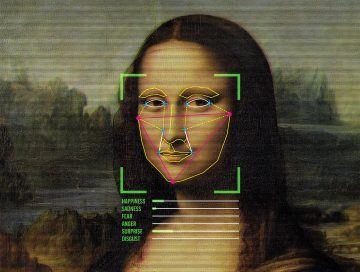Douglas Heaven in Nature:
 Human faces pop up on a screen, hundreds of them, one after another. Some have their eyes stretched wide, others show lips clenched. Some have eyes squeezed shut, cheeks lifted and mouths agape. For each one, you must answer this simple question: is this the face of someone having an orgasm or experiencing sudden pain?
Human faces pop up on a screen, hundreds of them, one after another. Some have their eyes stretched wide, others show lips clenched. Some have eyes squeezed shut, cheeks lifted and mouths agape. For each one, you must answer this simple question: is this the face of someone having an orgasm or experiencing sudden pain?
Psychologist Rachael Jack and her colleagues recruited 80 people to take this test as part of a study1 in 2018. The team, at the University of Glasgow, UK, enlisted participants from Western and East Asian cultures to explore a long-standing and highly charged question: do facial expressions reliably communicate emotions? Researchers have been asking people what emotions they perceive in faces for decades. They have questioned adults and children in different countries and Indigenous populations in remote parts of the world. Influential observations in the 1960s and 1970s by US psychologist Paul Ekman suggested that, around the world, humans could reliably infer emotional states from expressions on faces — implying that emotional expressions are universal2,3. These ideas stood largely unchallenged for a generation. But a new cohort of psychologists and cognitive scientists has been revisiting those data and questioning the conclusions. Many researchers now think that the picture is a lot more complicated, and that facial expressions vary widely between contexts and cultures. Jack’s study, for instance, found that although Westerners and East Asians had similar concepts of how faces display pain, they had different ideas about expressions of pleasure.
More here.
